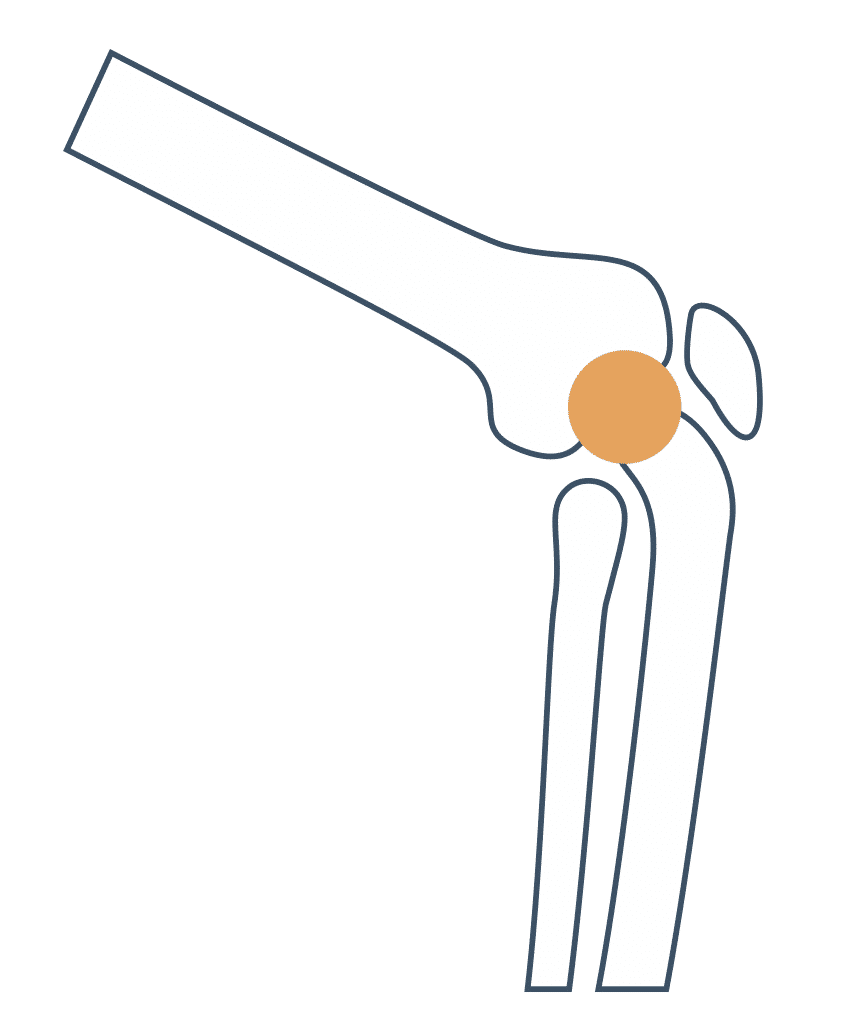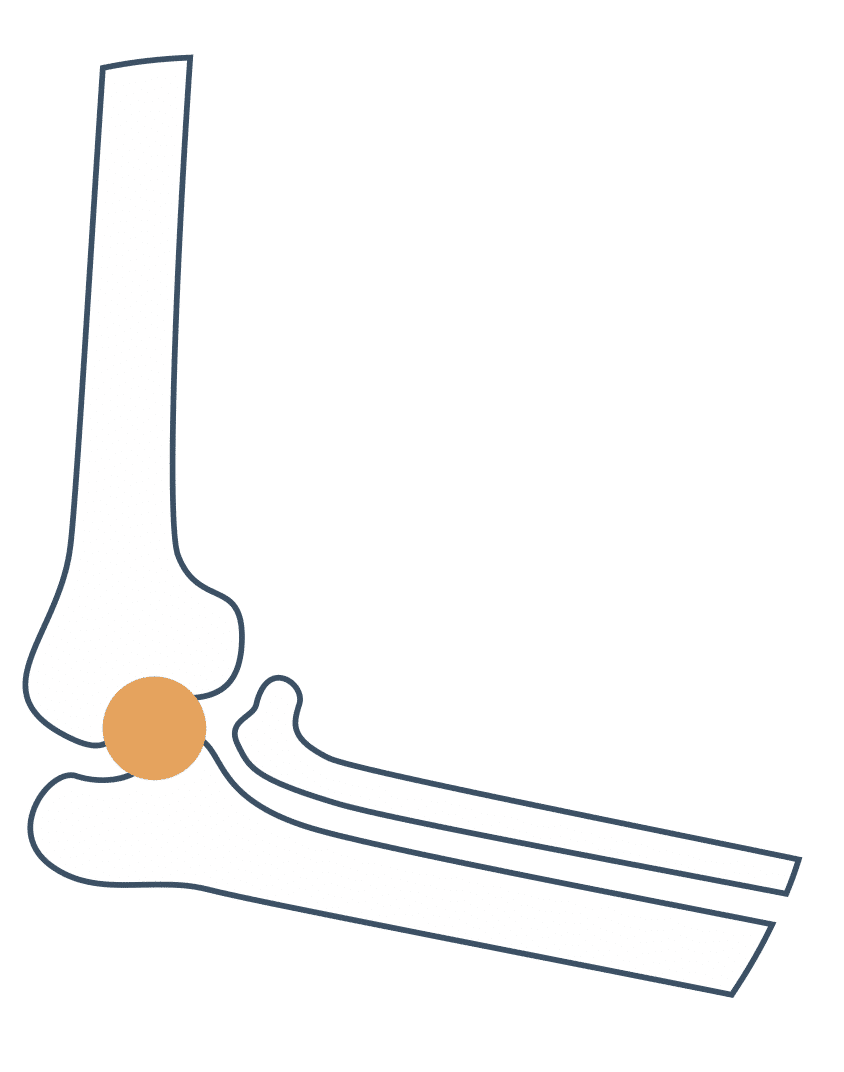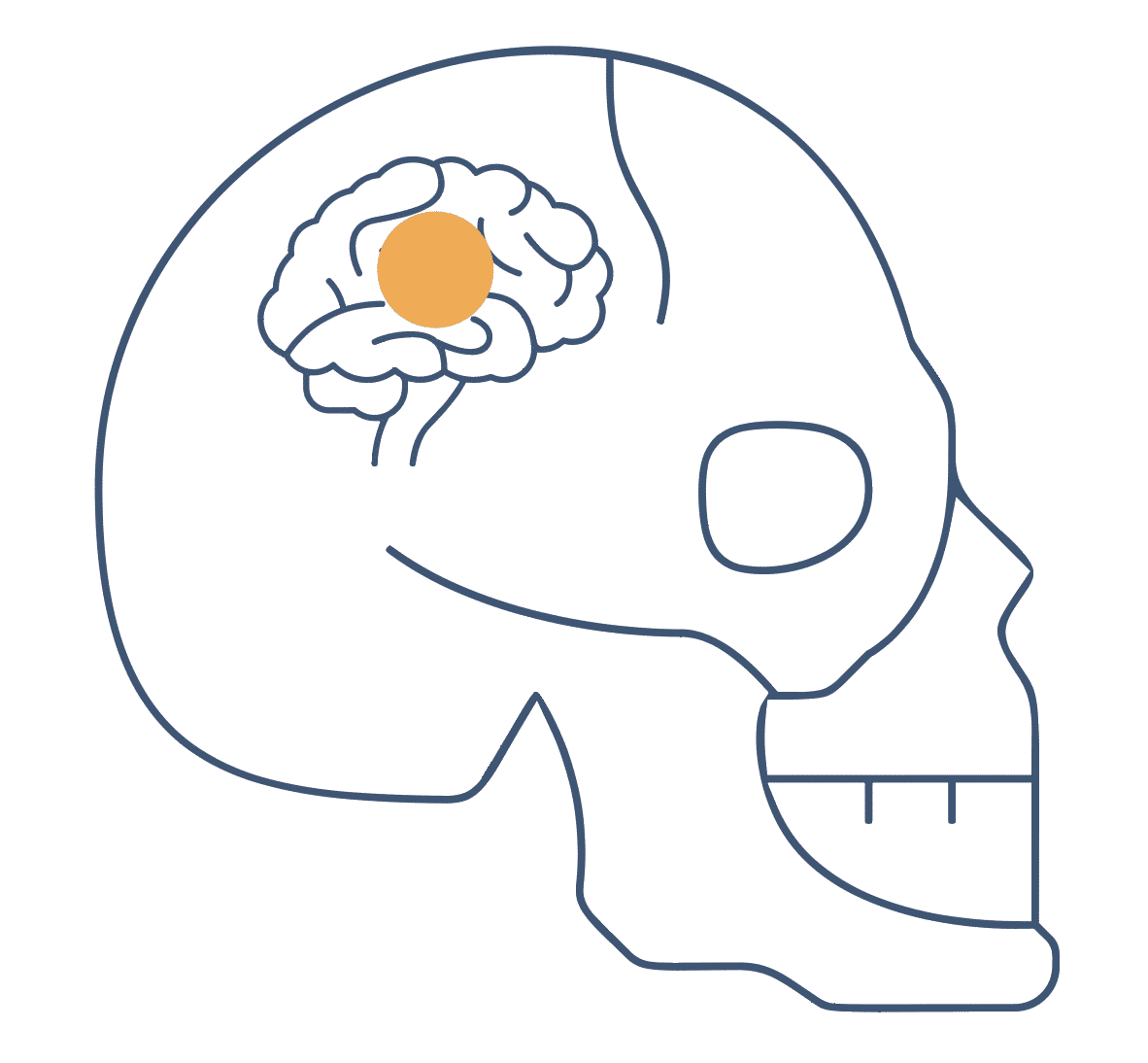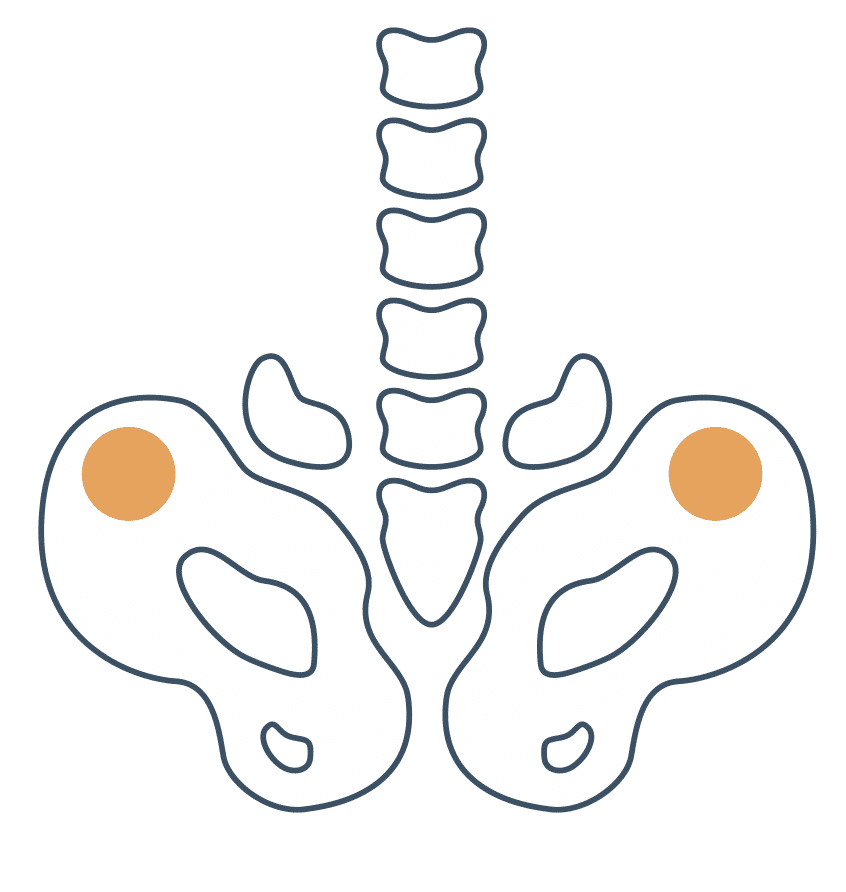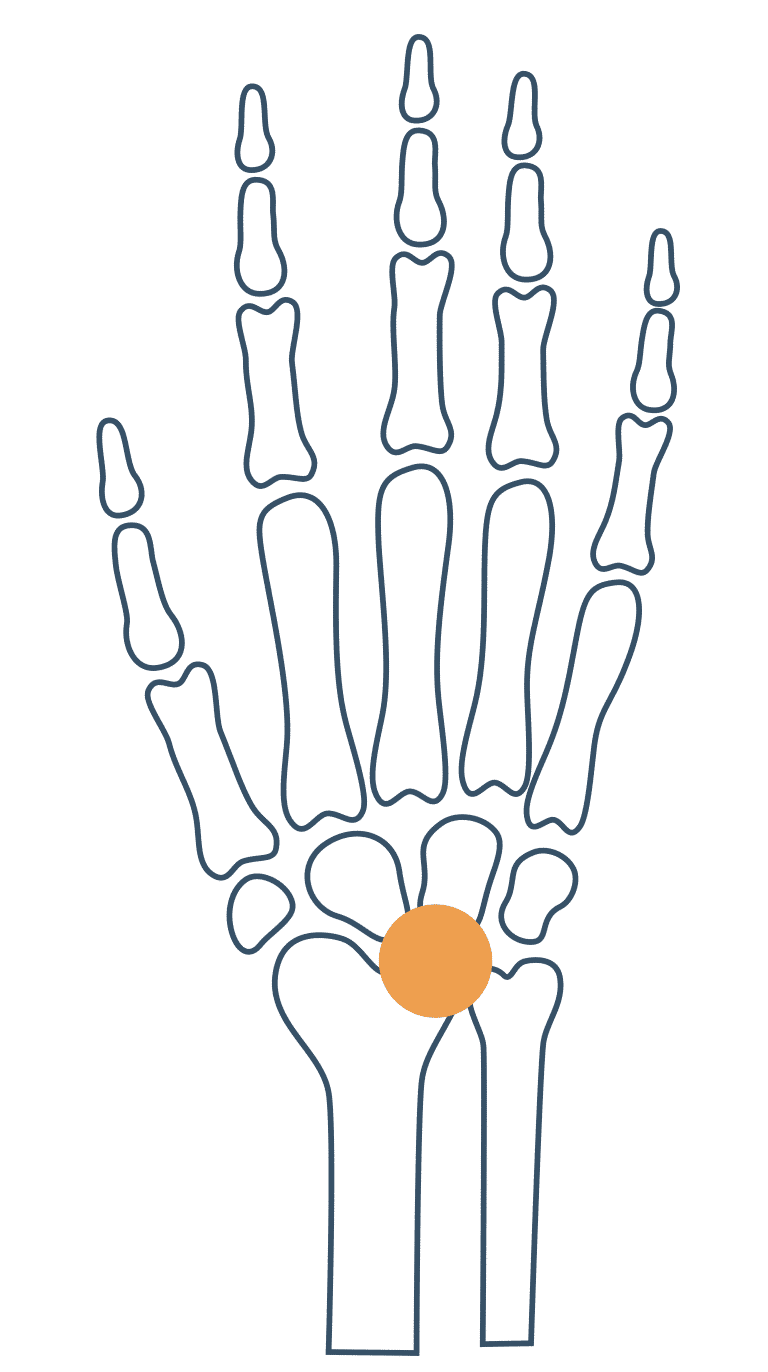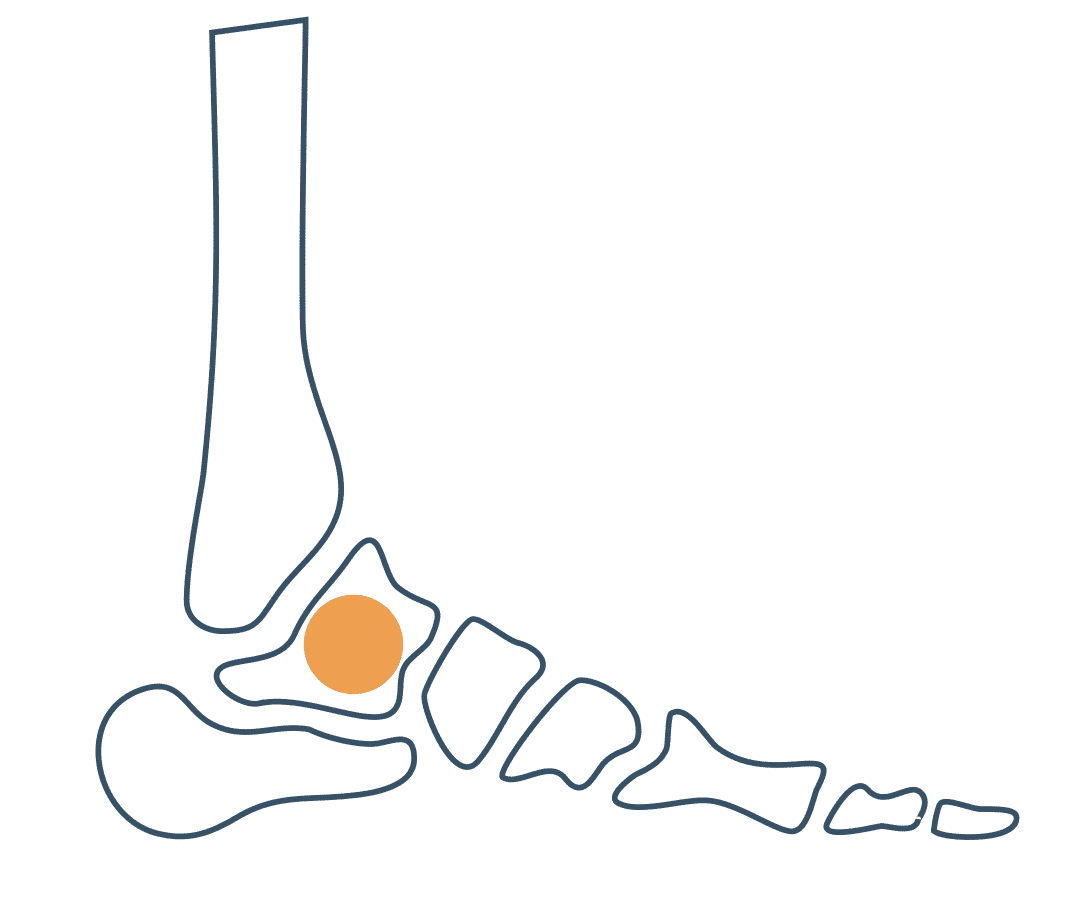Treatment to improve motor skills and hand grasp
Improving hand motor skills and prehension is essential to maintaining a patient's autonomy and quality of life on a daily basis. However, its motor and sensory complexity also makes the hand a particularly vulnerable part of the body to pathologies of neurological, muscular or articular origin. In this article, we explore the different facets of hand motor and prehension function, the pathologies that can affect them, and the therapeutic approaches, such as the Allyane method, that aim to optimize functional recovery.
Motor skills and hand grasp
The wrist and hand have a very complex motor system. It is probably one of the parts of the body that we use most in our daily activities. It plays both a functional role (gripping various objects) and a social role (communication, shaking hands).
The wrist's main role is to guide the hand. For example, to write, it is necessary to perform a multitude of small, complex and synergistic movements, in order to complete each letter correctly, which requires the wrist to have a certain degree of mobility.
The hand occupies a very important place in the brain, clearly visible on the Penfield cartography. We can see and realize that it is endowed with very fine sensitivity and motricity. Rehabilitation of the hand is notoriously complex, due to the existence of numerous parameters.
For example, the hand can be divided into two parts: a part dedicated to forceful gripping (represented by the last two fingers, the ring and little fingers) and a part dedicated to fine gripping (the thumb, index and middle fingers). As another example, most of the muscles of the hand find their insertions in the forearm, and some in the hand, so we need to consider the hand and wrist as part of the whole upper limb complex...
What pathologies can lead to hand-grip problems?
Hand grasping can be affected by various pathologies of neurological, muscular or articular origin.
-
Neurological pathologies
Neurological disorders affecting the central or peripheral nervous system can impair hand grasping. These include stroke which can lead to loss of strength, partial paralysis (hemiplegia) or complete paralysis of one side of the body (including the hand). The after-effects of a stroke can also lead to impaired coordination and dexterity, affecting the sufferer's ability to grasp or manipulate objects.
Multiple sclerosis (MS) can also be responsible for muscle weakness and spasticity, which in turn can affect hand function. The tremors and loss of coordination engendered by this pathology can also make it difficult to grip the hand.
Similarly, damage or disease to peripheral nerves, such as diabetic neuropathy, can lead to loss of sensation and reduced fine motor skills. Damage to the median, ulnar or radial nerves can specifically affect hand function.
Finally, Parkinson's disease can cause tremors, rigidity and slowness of movement (akinesia), making it difficult to coordinate hand movements and grip.
2. Muscular and skeletal pathologies
Certain diseases affecting the muscles, tendons, joints or bones of the hand can also impair grip.
Degenerative joint diseases, such as osteoarthritis and rheumatoid arthritis, can cause pain, inflammation and deformity of the hand joints, reducing the strength and coordination needed to grip the hand properly.
Other disorders such as De Quervain's tenosynovitis or Carpal Tunnel Syndrome are also common causes of hand-grip problems. Finally, muscular dystrophy, fractures of the wrist or hand bones, or joint joint dislocation may be responsible for this type of problem.
3. Other pathologies responsible for hand-grip problems
Other pathologies are also recognized for their impact on the gripping problem of the dominant hand. For example, Guillain-Barré Syndrome is an autoimmune disease that attacks the peripheral nerves and can cause progressive weakness and paralysis, including of the hand muscles. Similarly, Dupuytren's contracture, which causes thickening and narrowing of the palmar fascia, can lead to permanent flexion of the fingers and loss of the ability to fully extend the hand, affecting prehension.
Treatment of the wrist and hand with the Allyane method
The Allyanemethod, based on neuromotor reprogramming, potentiates the quality and speed of neuromotor recovery. The advantage of this technique is that it works more specifically on motor control itself, i.e. more centrally, by focusing the patient's attention on his or her own visual and proprioceptive sensations.
In fact, the patient needs to understand how to optimally activate each muscle visually and with good proprioceptive sensations in order to re-acquire the desired movement.
It is therefore an interesting complementary tool to rehabilitation, and should preferably be included in the care program already set up with the rehabilitation specialist, for the best possible return to functionality.
Training in the Allyane method
1 Purves Dale, (2015), Neuroscience, 5th edition, Ed. De Boeck
You suffer from motor disorders of the hand or wrist and would you like to benefit from an Allyane session?
You would like to know more about this pathology, how to treat it or make a diagnosis.

Advice from Shingo Kitada, Physiotherapist and certified Allyane practitioner
Here are some examples of self-rehabilitation exercises (for information purposes, if you are unsure, ask your rehabber).
- To work on mobility: warm up by alternately opening and closing the hand, test the mobility of the wrist in all directions allowed.
- Example of a daily gesture: gradually wring out a cloth or towel on one side and then on the other.
- To work on stability: keep the open hand sheathed in the axis, then with the other hand or against a wall/table, progressively carry out counter-resistances and hold for a few seconds (depending on your level). During the break, remember to do this exercise with the other hand (even if it is healthy).
- Example of a daily gesture: hold a more or less full bottle (depending on your ability) and hold it for a few seconds in different positions. Start holding it statically and then, once all the positions have been reached, carry out the movements by moving continuously and slowly for a set time (depending on your level). The aim is to keep the wrist and fingers sheathed.
The Allyane method
Addressed motor difficulties
Find below the other pathologies treated by the Allyane method.

Video analysis and assessment of your motor skills

Definition of the treatment plan with your Allyane certified practitioner

Neuromotor reprogramming



